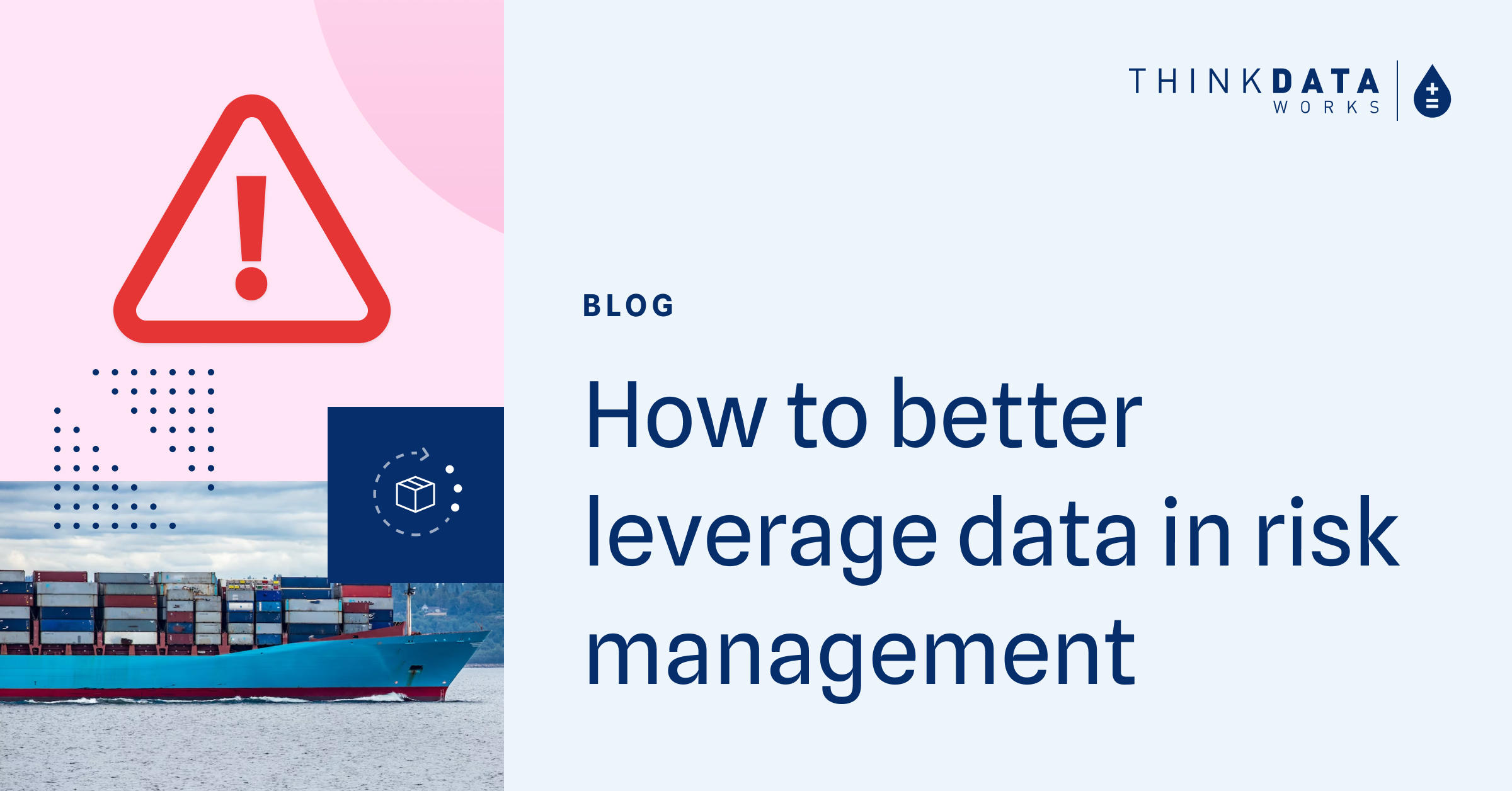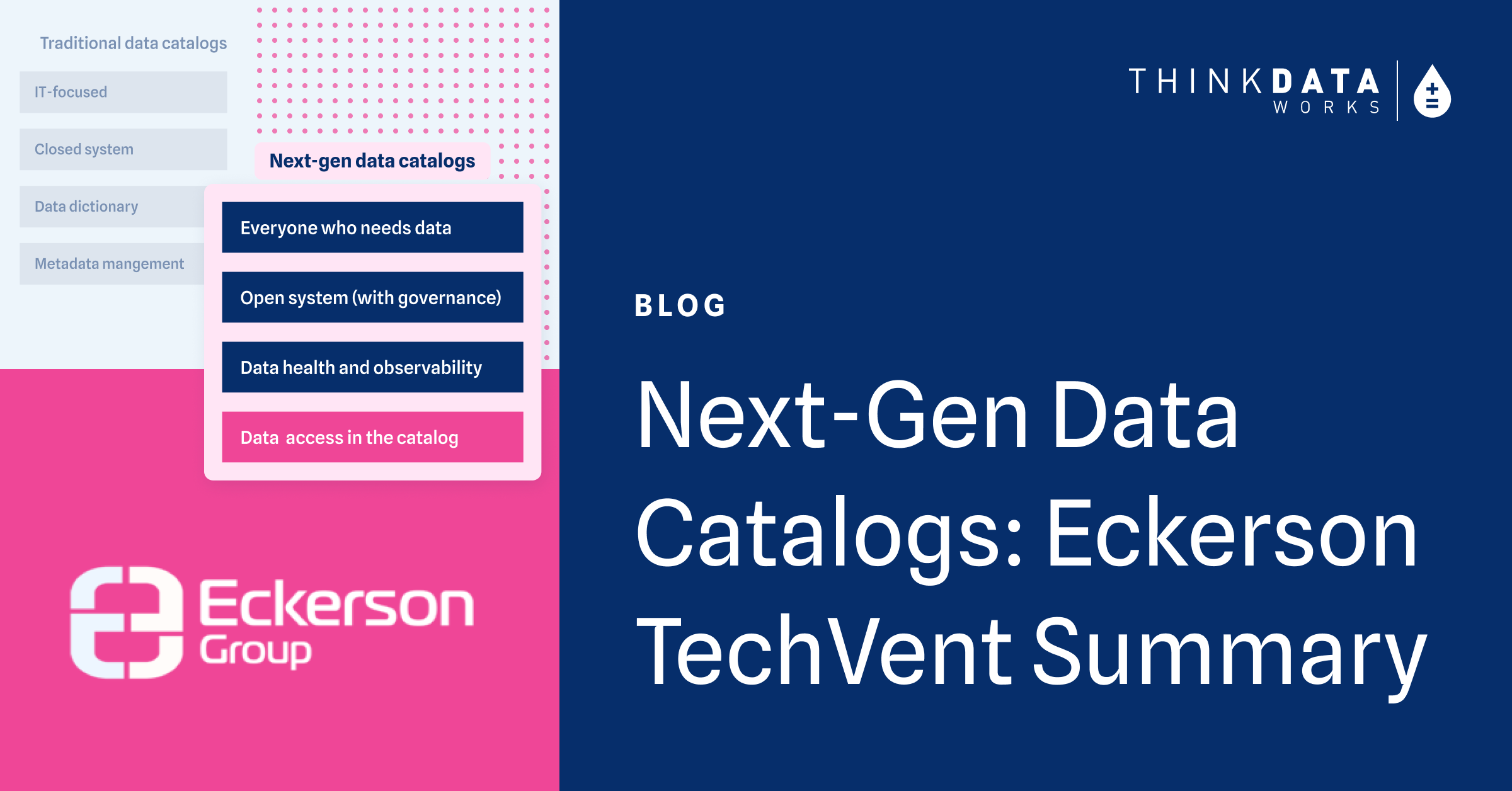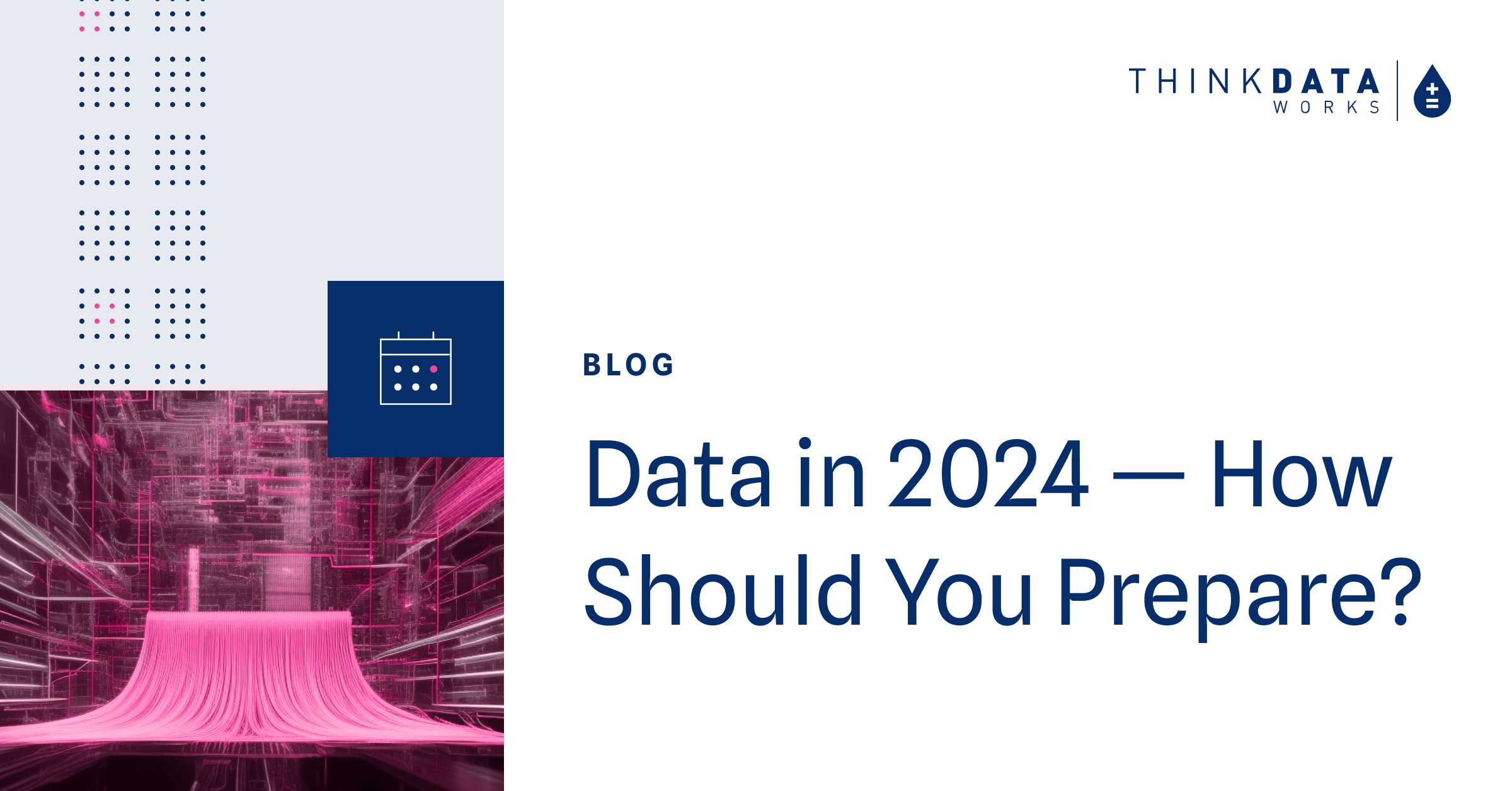4 min read
There are some expressions about data that are getting a bit tired: Data is the new oil; In God We Trust (all others must bring data); Buy data, sell high...
Okay, you caught me, I kind of made that last one up. But, the point stands: the narrative around data tells us we all understand that it has tremendous value.
The 4 Ms of Data
Data teams are tasked with gathering information from within their company and from any number of external sources, tying it all together, and conducting analysis and modeling to hit the four Ms of data: "Make Me More Money."
Whether they’re looking at the supply chain, enriching know-your-client initiatives, or analyzing cost efficiency, their directive is to gather relevant information and synthesize it into something that strengthens the business.
Pouring money into the stock market won’t yield you returns if you’re buying without a plan – you’ve got to be smart and methodical. By the same token, you can spend a lot of money on data without getting much out of it, but it doesn’t have to be that way.
Money & Data: changing the mindset
What needs to happen is the biggest business cliché of them all: a total paradigm shift. All industries have to get away from the idea that data is an expense.
Don't worry, it's fake – but you're probably burning money right now by letting your data teams toil in prep and processing
Office supplies are an expense. Licence fees are an expense. Data and data management tools aren’t consumables, and as such, they shouldn’t be viewed as a cost to be minimized by any means necessary.
Data is an investment
The more time a team saves at each stage of the data lifecycle, the more time they can commit to the reasons they were hired: analysis, reporting, modelling, and solutions. It also frees up time to harden models with more data, resulting in a broader coverage and better outcomes – you can compound the value of every data asset within your organization.
But isn’t some data free?
Just because they don't charge doesn't mean it's free: finding it, connecting to the portal it’s hosted on, reformatting it to work in a given system, cleansing it of bad/missing data, integrating it with your existing data – and that’s just scratching the surface of what needs to be done to data before it's usable. If you haven’t journeyed down that road already, I’ll give you a spoiler: it’s a lot of people spending a lot of time doing a lot of work.
What’s more, getting data isn’t a one-off. Businesses need current, up-to-date data, and there are adaptations to be made along the way, so each of these steps has to be maintainable and repeatable for it to be a functioning system. The smarter and more automated your processes, the more time and money it saves you in the long run.
Data really is a great example for an old adage: “the more you give, the more you get.”

Did you know it was Burt Reynolds doing Charlie’s voice?
Good (data) vibes only
Before I go into what ‘investing in data’ means, I want to address what this doesn’t mean: it is not acquiring as much data as possible and dumping it in a data lake.
That’s like buying a sports car in the Arctic – sure, there’s lots of power there, but you need the right environment to get your money's worth. Data isn’t intrinsically valuable, it’s how you apply it that determines its value.
Know the whole market, not the product
A savvy investor does their homework – a company needs more than one good product or service to be a smart investment. Let’s draw a parallel between the data and investing worlds:
Infrastructure first
You can't buy stocks without the stock markets; without a common forum for the exchange to take place, the whole thing would be chaos.
Accessing data through one common delivery plane is important. It keeps everybody speaking the same language and eliminates the risk-heavy method of emailing spreadsheets back and forth, maintaining different versions of things on different computers created by different people in different offices. This is the connection across teams, and dictates who can access what data.
Investment: A data access platform that allows you to control the flow of data.
Return: Improve organization, workflows, security, and project outcomes.
Maintenance & monitoring
Surges, sell-offs, buybacks, mergers, acquisitions, and new listings are all important events, and investors need to be up to speed.
Data changes all the time – websites move, schemas change across versions, and connections break. A system that ensures the health of the data being used by your data teams means they have fresh, clean data to work with when they need it.
Investment: A toolkit that allows data teams to monitor the health of the data coming in, and the connections to it.
Return: Increased confidence – never be caught off-guard by bad data or a broken link.
Shared goals
Stocks can be grouped into ETFs and indices when they share elements (sectors, markets, regions), combining companies with a common thread to make things easier for investors.
Similarly, teams of people working on the same data should be united, be able to collaborate easily, and work from a single source of truth.
Investment: A method to allow your data teams to work together and find relevant data easily.
Return: Easy, dependable collaboration.
Connections to everywhere
A stock market would be way more work than it's worth if it sold stocks in only one company. Setting up all that infrastructure can't be a one-off.
With data, you can't think about it one connection at a time. Tapping into a new source shouldn’t be like starting from scratch. You need to be able to flow data from anywhere into your organization, no matter the source, format, or variety.
Additionally, the output (currency or data) needs to be universal. Data should be able to flow to any IDE, BI tools, analytics platforms, or any other common data science tooling.
Investment: A data marketplace, connections & tooling that can handle any data variety, and integrations to productionalize data.
Return: More data with less overhead.
Putting your money where your math is
You could invest in a company directly, manually calculate your stake, personally monitor the ledgers to ensure you're getting the return you're owed, and assume some leadership to ensure the company is moving in the right direction – or you can buy stocks.
With data, you can find sources that have the elements of what you need and put your data scientists to work turning it into something useful; but what if, instead of spending time turning raw data into useable data, they could turn refined data into valuable insight?
Investment: Production-ready data.
Return: Massive time savings, no guesswork, and better project outcomes.
The gift that keeps on giving
The benefits of investing in data and DataOps are self-perpetuating. Giving your data scientists what they need supports the “make money or save money” mandate by saving time, preventing frustration and burnout, and allowing more data to be used in more robust solutions.
So if your company is looking for an investment with high potential yield and the lowest possible risk, think ‘data.’
Want to learn more about aligning your business and data strategy?
Request a consultation with one of our data experts or browse the largest catalog of solution ready data to determine how ThinkData’s tech can advance your projects.

4 min read
How to better leverage data for risk management and crisis response

3 min read





